How to grow kale – from seed to harvesting
Find out how to grow kale from sowing to harvesting. It's one of the original superfoods – tasty and easy to grow, too
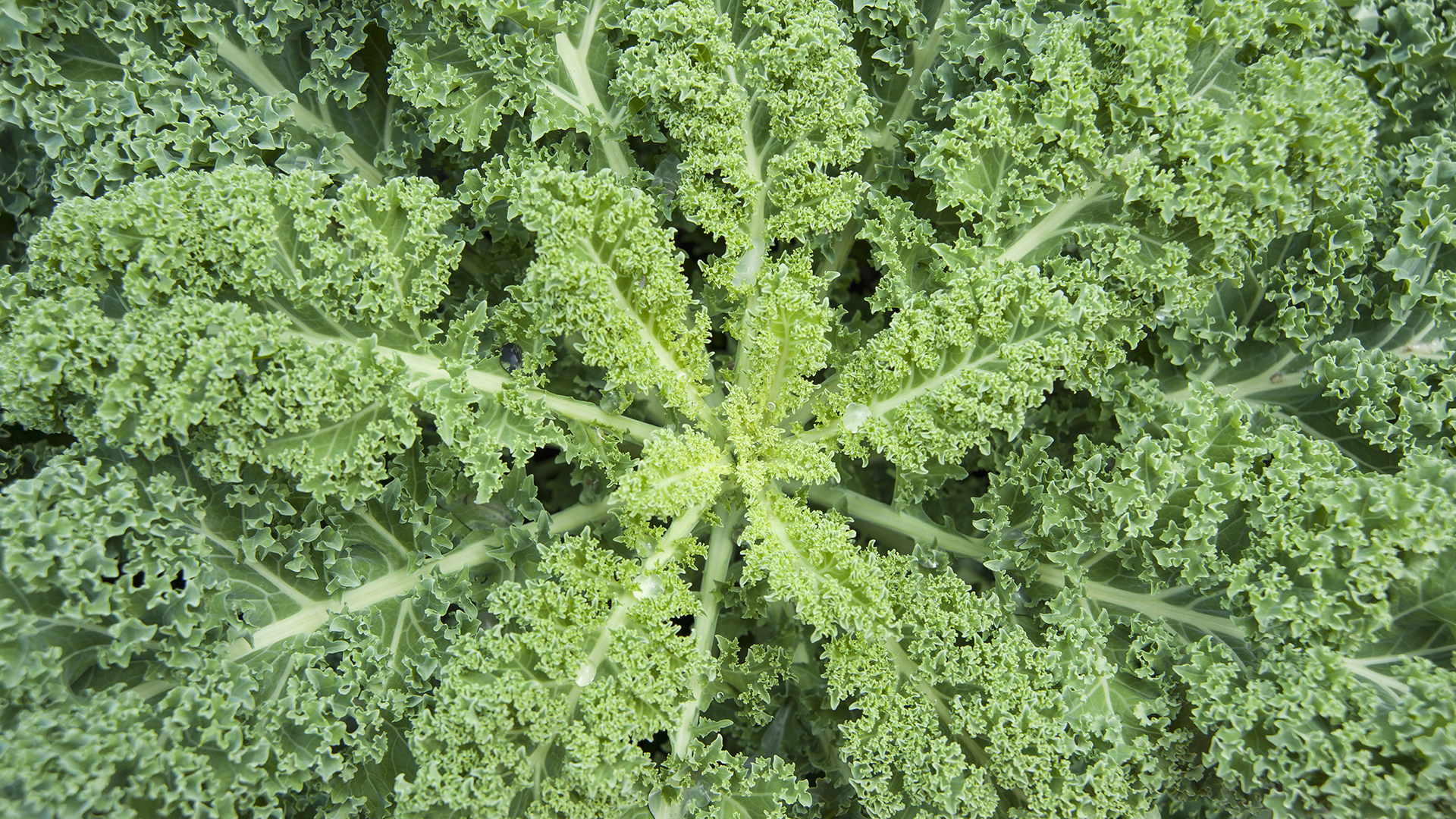

Once you know how to grow kale there’s no going back. It’s healthy and tasty, easy to cultivate and looks good in your garden. What’s not to like?
It’s easy to grow kale from seed, too. Also known as borecole, kale is a member of the cabbage family, a brassica. It is hardy and grows best in cooler temperatures – the cold weather gives the leaves a sweeter flavor.
Kale is the original superfood. It contains fiber, calcium, vitamins C and K, iron and antioxidants, plus many other beneficial nutrients. It is a versatile green that can be fried, steamed, and even oven-roasted to make a healthy vegetable snack. The young leaves can be eaten raw as a salad or added to smoothies.
Read on to find out how to grow kale from seed.
See: Kitchen garden ideas - easy ways to get started
When do you plant kale?
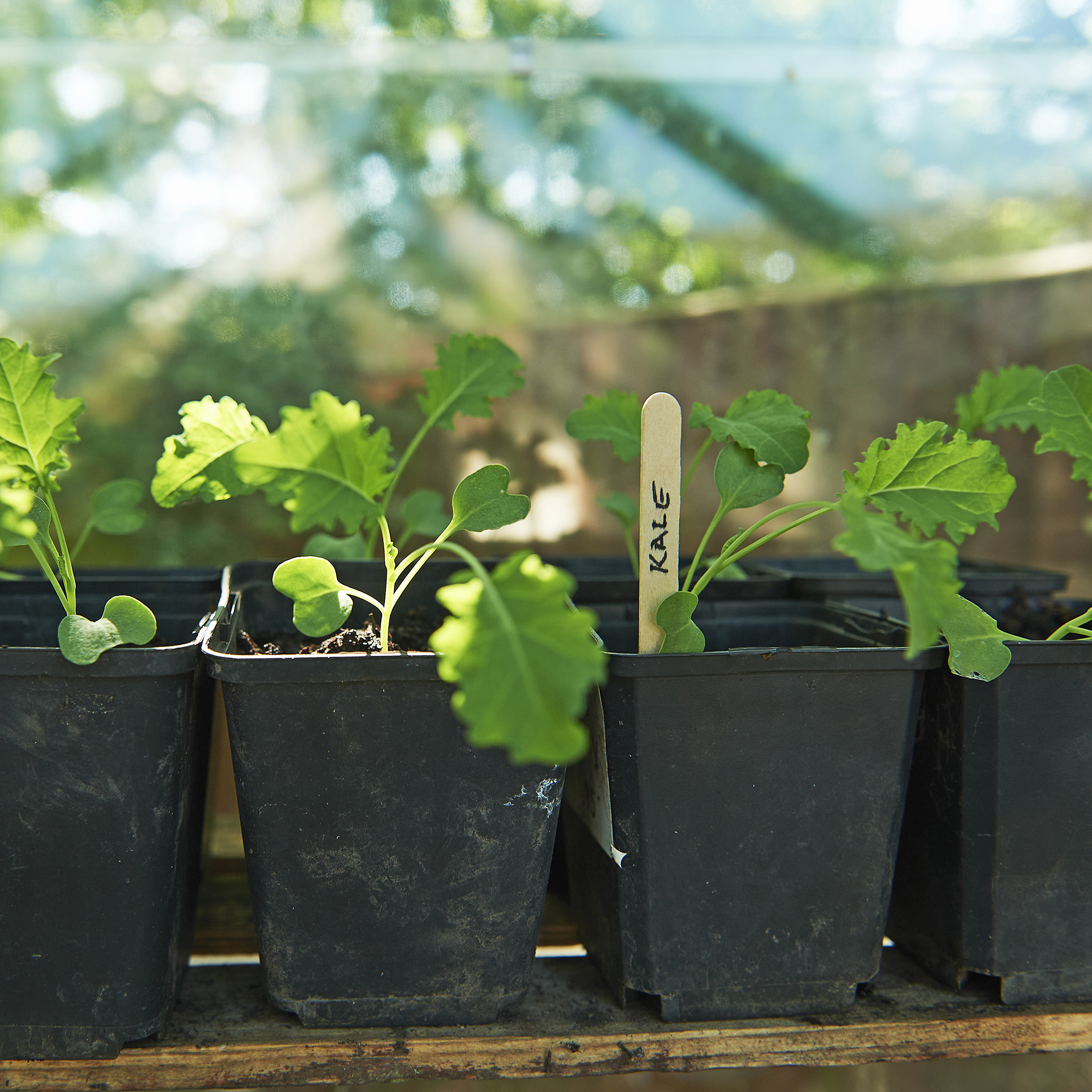
When you plant kale depends on when you want to harvest the leaves.
To grow kale as an early summer crop, the seeds can be sown indoors in modules or seed trays in early spring, or sown directly into the ground once it has warmed up in spring.
Design expertise in your inbox – from inspiring decorating ideas and beautiful celebrity homes to practical gardening advice and shopping round-ups.
'Starter plants can be transplanted outside 3-5 weeks before the last frost in your area,' says Amy Enfield, horticulturalist for Bonnie Plants.
For a fall or winter harvest of kale, plant out 6 to 8 weeks before the first fall frost. In warmer areas (zones 8, 9 and 10) you can continue planting through the fall.
How do you start kale seeds?
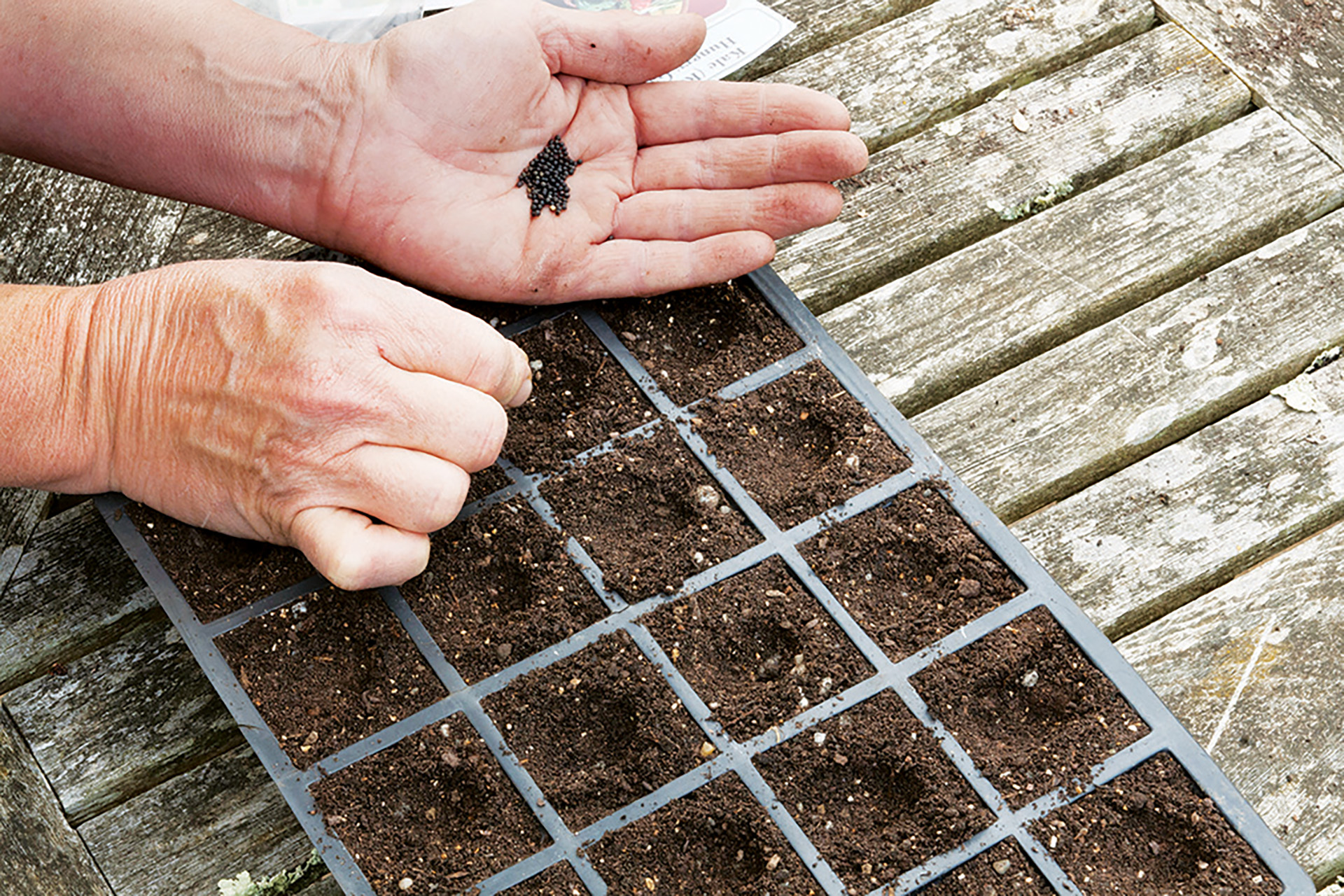
If you’re starting the kale seeds off inside, you can simply sprinkle the seeds onto potting compost, lightly cover with compost and water.
If you prefer, you can soak the seeds in tepid water for 24 hours before sowing. This should speed up germination.
If you’re sowing in rows directly into the earth, sow 3 or 4 seeds together, every 12 inches (30cm), half an inch (13mm) deep, allowing 18 inches (45cm) between rows.
In this clip from Gardeners' World, TV gardening expert Monty Don shows how to plant out young kale plants and advises trampling the soil with your feet to firm it. This will help to hold the plants solid in fall and winter winds.
See: Small vegetable garden ideas - from layout designs to the best crops to grow
How long does it take to grow kale from seed?
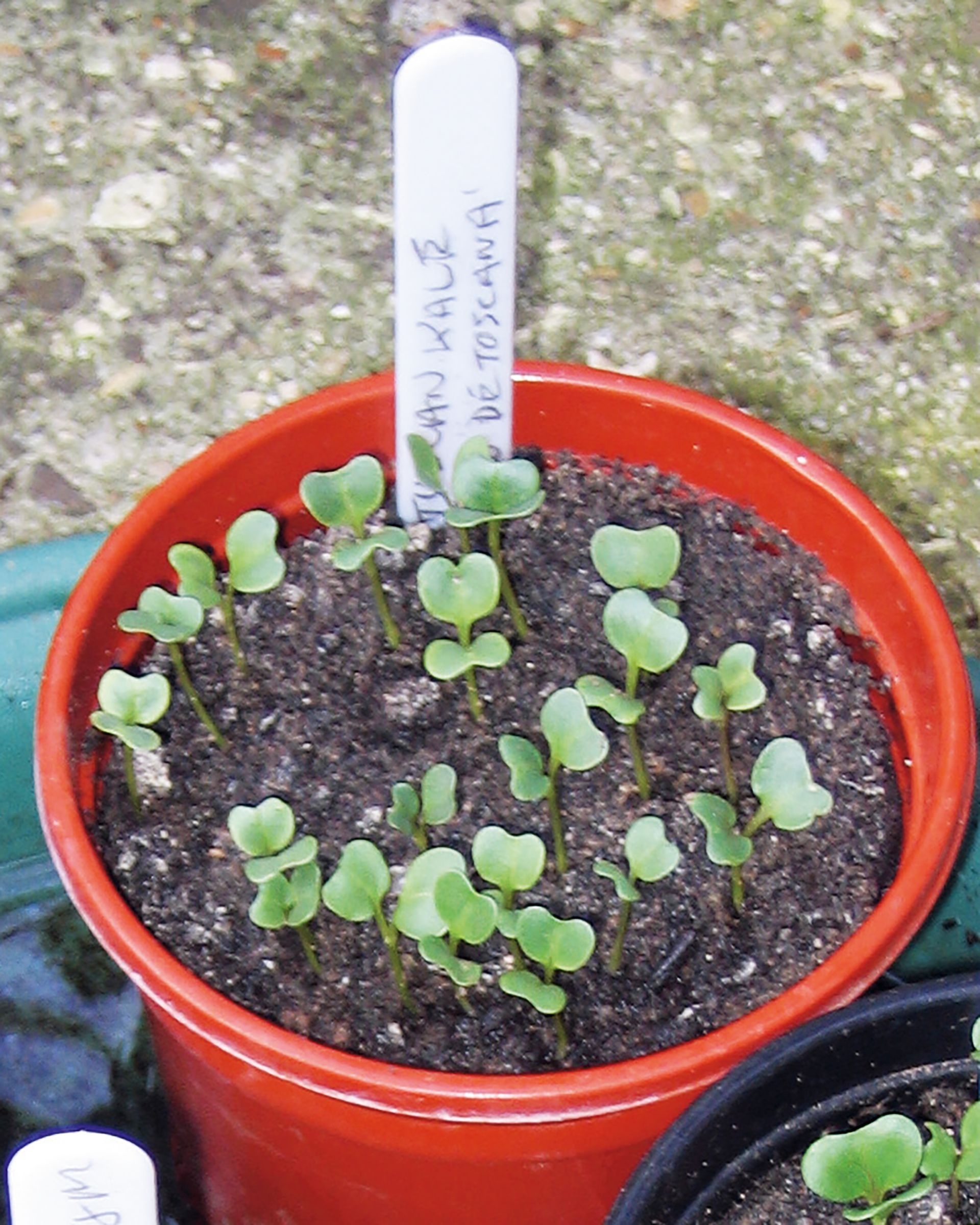
You can expect to see your kale seedlings germinating in five to eight days. Keep them well watered until you are ready to pot them on or plant them out.
Is kale easy to grow?

It is very easy to grow kale. It’s a tolerant plant that can survive cold temperatures and shady conditions – just three hours of sunshine is enough although it grows well in full sun to light shade in a well-drained soil.
If you're transplanting seedlings into your vegetable plot, allow at least 12 inches (30cm) between each plant, and 18 inches (45cm) between rows as they grow into quite sizeable plants. Adding well rotted manure to the earth before planting will get your kale off to a good start, and you can top up with an all purpose liquid plant food to give it an occasional boost.
Amy Enfield, horticulturalist for Bonnie Plants, says: 'Kale is a fairly fast growing plant. The soil should be kept consistently moist which usually means providing plants with 1-1.5 inches of water each week (water whenever the top inch of soil is dry to the touch), mulching around the plants with finely ground leaves, weed-free hay, straw, pine needles, or finely growing bark will help keep the soil cool and moist.'
A regular watering routine will help to prevent the leaves from wilting in warm, dry weather.
See: How to grow spinach – in pots, indoors or in raised beds
Does kale come back every year?
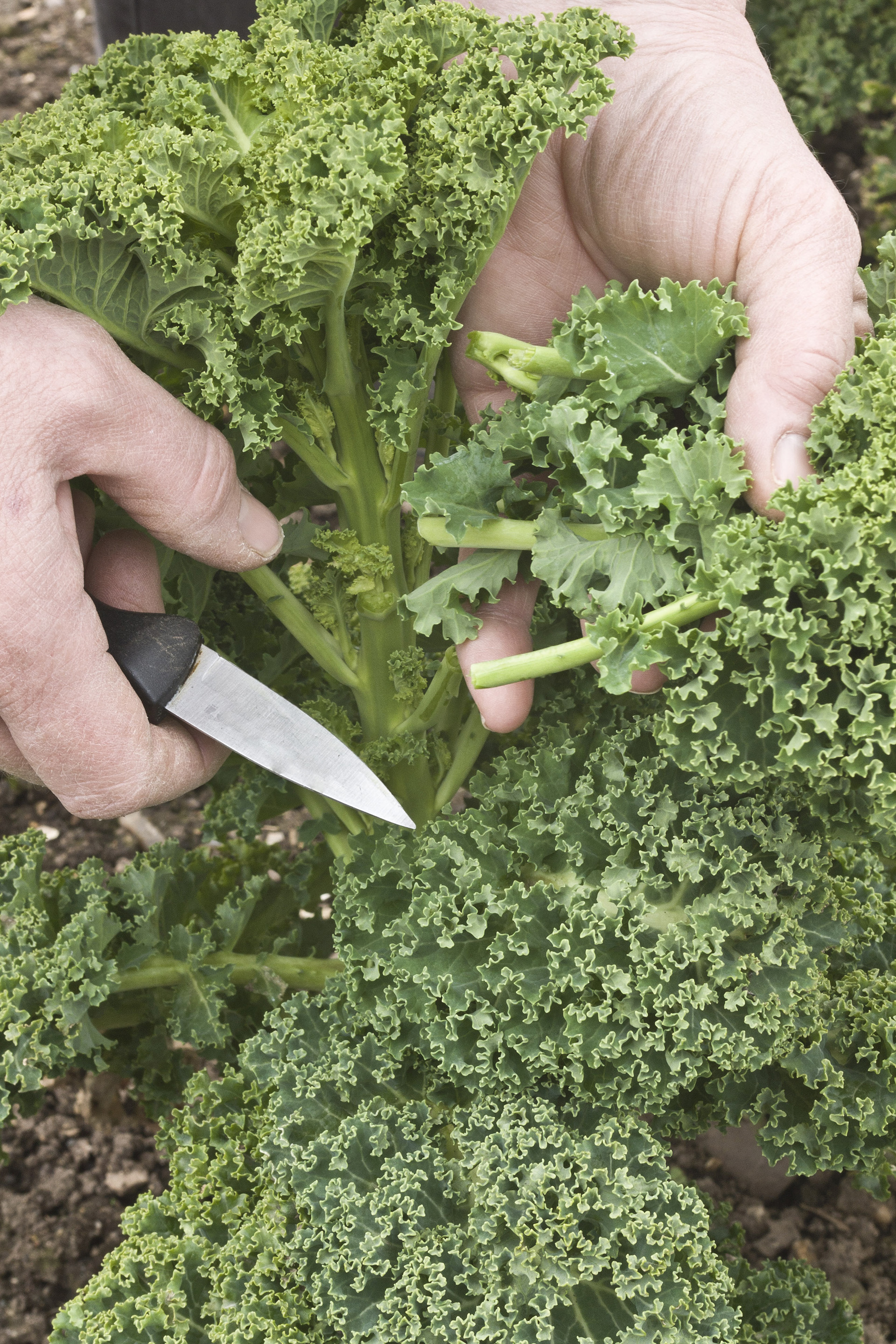
Most kales are biennials, meaning they will take around two years from seedling before they eventually bolt and produce flowers and seeds. However, if you’re growing kale for its harvest of leaves it’s more likely that you’ll replace it every year and it will be more successful that way.
You can also treat it as a ‘cut and come again’ crop, where you harvest the tender young top leaves for salads, leaving the stem to overwinter and produce side shoots of bigger leaves for cooking. Monty Don agrees, saying, 'The more you pick it the more fresh leaves come.'
Amy Enfield adds, 'Kale leaves have their best flavor when they’re “kissed” by a light frost, making fall harvests sweeter than spring harvests. To harvest, pick the oldest, lowest leaves first. Discard any that are yellowed or ragged. Take as many leaves as you like, as long as you leave at least four leaves at the top of the plant (the crown). In zones 7-10, kale will produce new leaves all winter long.'
Can you grow kale in containers or raised beds?
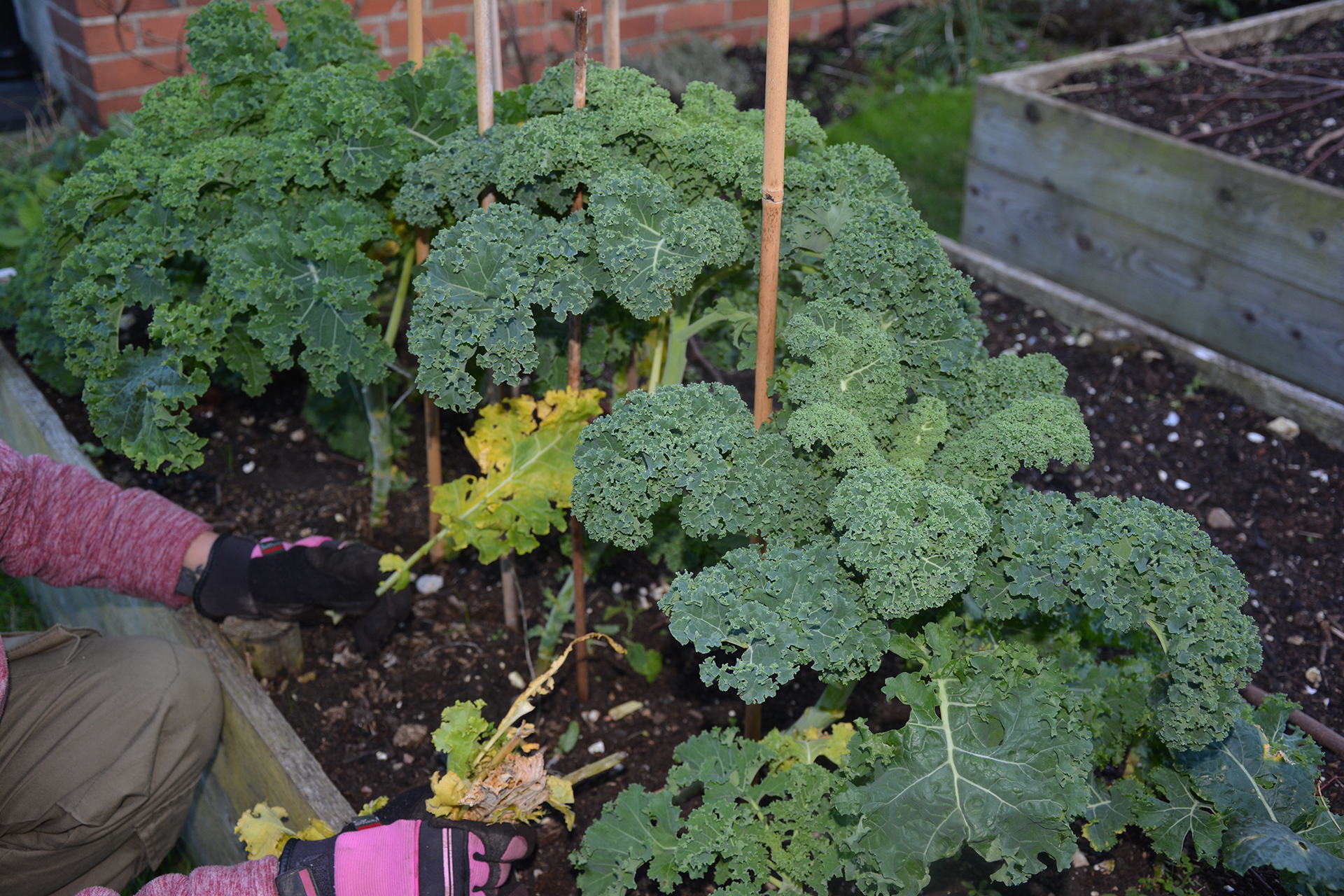
You can happily grow kale in pots or raised beds, as the crop grows as well in containers as it does in open soil. However, the plants can reach up to two feet high when mature, so use a large pot – at least 12 in (30cm) diameter – filled with compost mixed with grit to improve drainage.
Recommended kale varieties
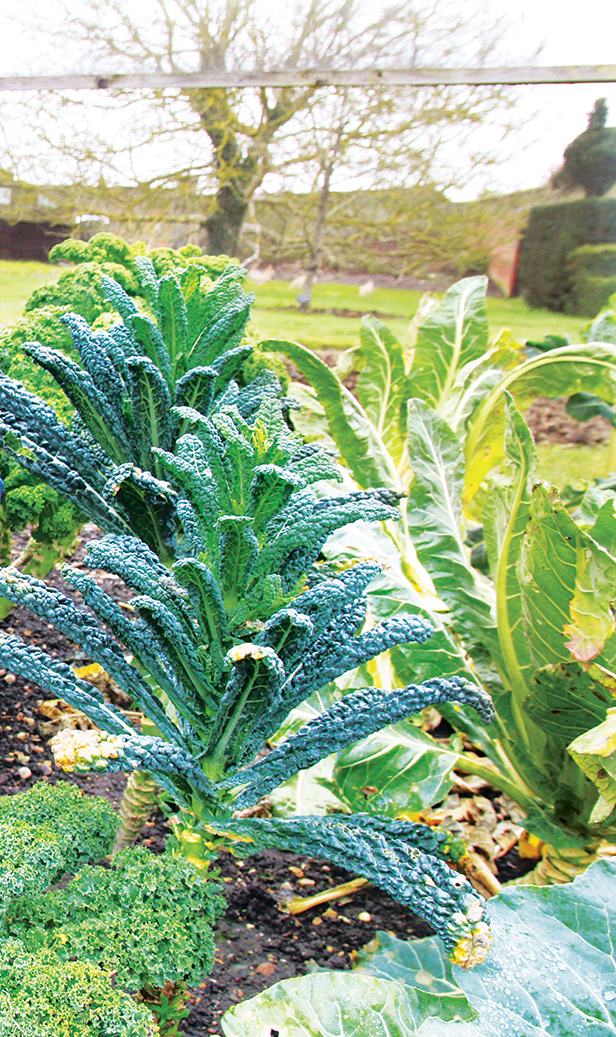
Cavolo Nero – sometimes regarded as a different plant altogether, but it is a type of kale and its name means ‘black kale’, or black cabbage. ‘Nero di Toscana’ has dark, almost black leaves.
Redbor – Vivid burgundy-colored leaves on a striking plant that would look good in a flowerbed let alone a vegetable patch. The leaves turn an intense shade of purple as the weather turns colder.
Kapitan – the classic curly kale, with densely curled, deep green leaves
Yurok – a hybrid Lacinato-type kale, highly recommended by Don McCulley, owner of Swallowtail Garden Seeds, who says it 'has an exceptionally long harvest window. Puckered blue-gray leaves maintain their color and tenderness longer on the plant than other kale. Its robust, 30 inch tall plants produce heavily, and are highly resistant to frost and heat.'
See: How to grow microgreens – a guide to growing superfoods
Common problems when growing kale
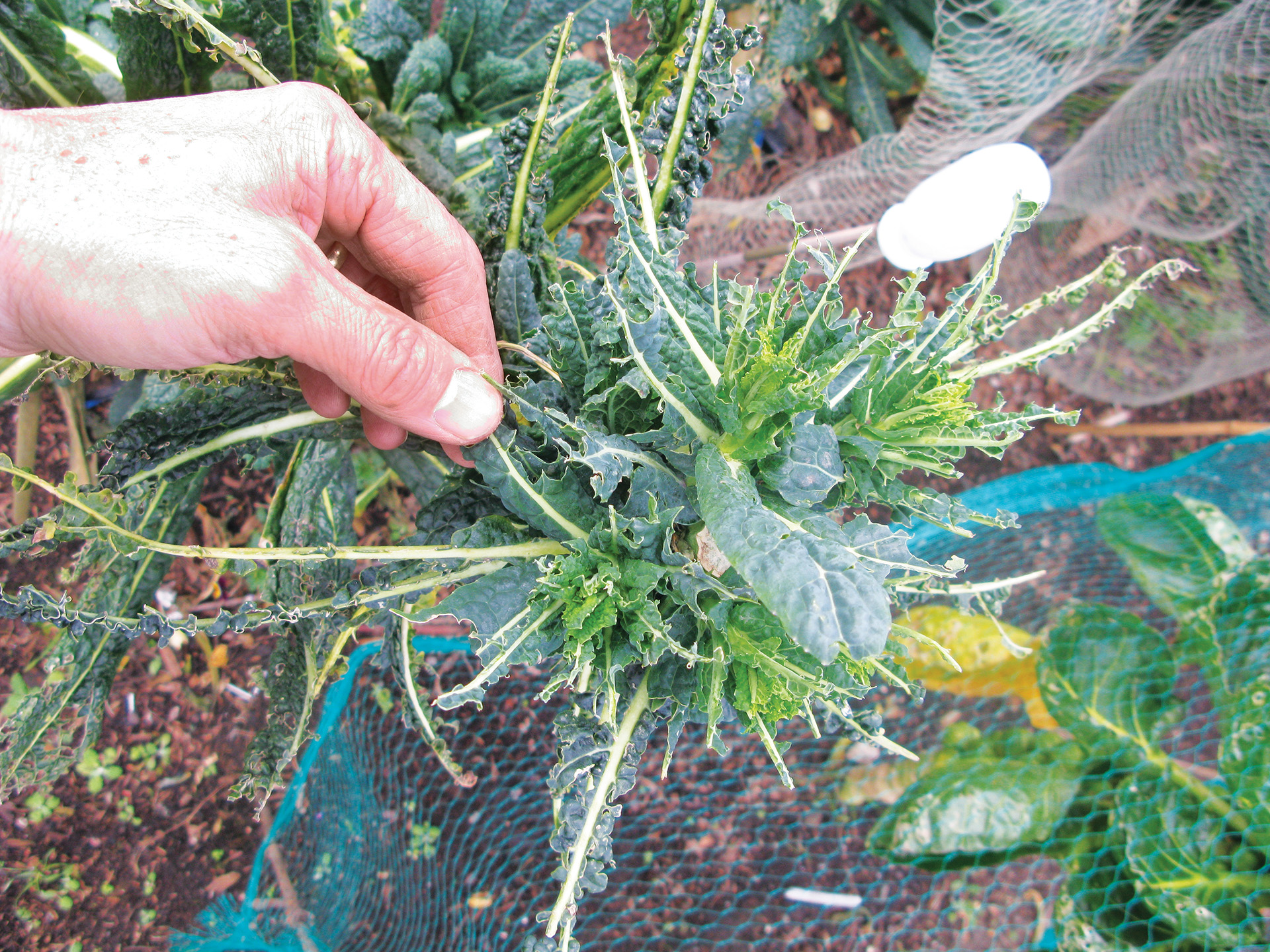
Kale is fairly resistant to pests, compared with other members of the brassica family, however young plants will need some protection from birds. Pigeons in particular can reduce the tender leaves to ribbons. Covering your plants with insect proof netting will help to keep off birds, caterpillars (the net will prevent butterflies laying eggs on the leaves), and cabbage root fly.
Amy Enfield adds: 'There are several garden pests that like to munch on kale – cabbageworms, harlequin bugs, and cabbage aphids. Cabbageworms prefer cabbage, broccoli, and cauliflower to kale, but if you see the cabbage white butterflies flying around your plants, keep your eye out for the velvety green caterpillars. Black and orange harlequin bugs usually feed on old, stressed kale plants. Gray-green cabbage aphids are usually found clustered in the folds of frilly kale leaves. Badly infested leaves can be picked off and discarded.'
Karen sources beautiful homes to feature on the Homes & Gardens website. She loves visiting historic houses in particular and working with photographers to capture all shapes and sizes of properties. Karen began her career as a sub-editor at Hi-Fi News and Record Review magazine. Her move to women’s magazines came soon after, in the shape of Living magazine, which covered cookery, fashion, beauty, homes and gardening. From Living Karen moved to Ideal Home magazine, where as deputy chief sub, then chief sub, she started to really take an interest in properties, architecture, interior design and gardening.
